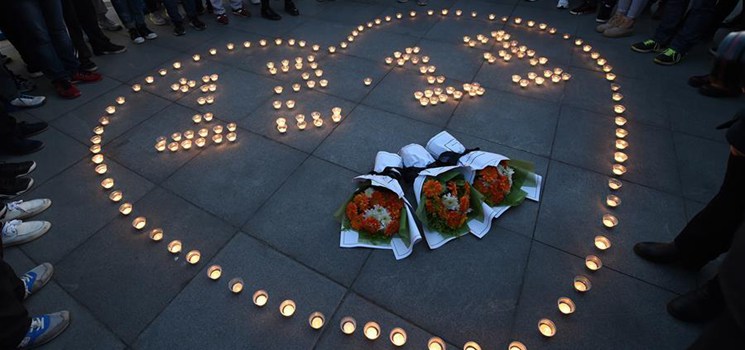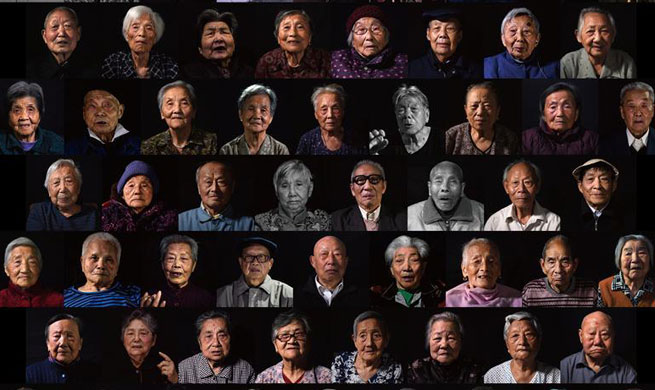LONDON, Dec. 13 (Xinhua) -- Annual British wage growth increased but remained significantly behind the rate of inflation, according to latest data.
Figures from the Office of National Statistics (ONS), the official statistics body, released on Wednesday saw annual wages (including bonuses) increase by 2.5 percent in the three months to the end of October.
This was a three-basis-point rise on the figures for the three months to the end of September, and was the strongest wages growth yet for 2017.
But it is further evidence that Britain is undergoing a cost of living squeeze when set against the latest consumer price index (CPI) inflation figures, released on Tuesday.
CPI inflation in November unexpectedly continued the upward track it has been on since the Brexit referendum vote in June 2016 to reach a six-year high of 3.1 percent.
Inflation pressures mostly come from the sharp fall in sterling caused by the Brexit vote in June 2016, which fell from 1.48 U.S. dollars on the night of the vote to as low as 1.22 U.S. dollars.
A partial recovery has seen it reach 1.34 U.S. dollars on Wednesday, but the extra costs it has meant for raw materials, imports and in supply chains have been felt in the domestic economy in inflation.
"This is the eighth month in a row that real wages have declined," Geoff Tily, senior economist at the Trades Union Congress (TUC), the union representative body, told Xinhua in an exclusive interview.
"A year ago wage growth was stronger, we are still in this situation that it seems one of the ways we are paying for Brexit is not only higher prices but also lower wage growth," said Tily.
JOBLESS RATE AND EMPLOYMENT FIGURES BOTH FALL
In figures also released by the ONS on Wednesday, The jobless rate fell marginally by 0.1 percentage points to 4.3 percent in the three months to October, compared with the previous quarter, to the joint lowest rate for 42 years.
However, the employment rate fell by 0.2 percentage points to 75.1 percent in the three months to October compared with the previous quarter, with the level of employment falling by 50,000 for men and by 6,000 for women.
The total of people in work is only slightly lower than the record rate set earlier this year.
"It is the second time in a row that we have had a fall in the number of jobs, and it is in the area of full-time employment which we regard as the best type of jobs," said Tily.
"It is not surprising given the terribly weak growth this year, which gives Britain the second weakest GDP growth among the Organization for Economic Cooperation and Development (OECD) nations," he added
Tily said that it was too early to see a downward trend developing in the job figures.

















